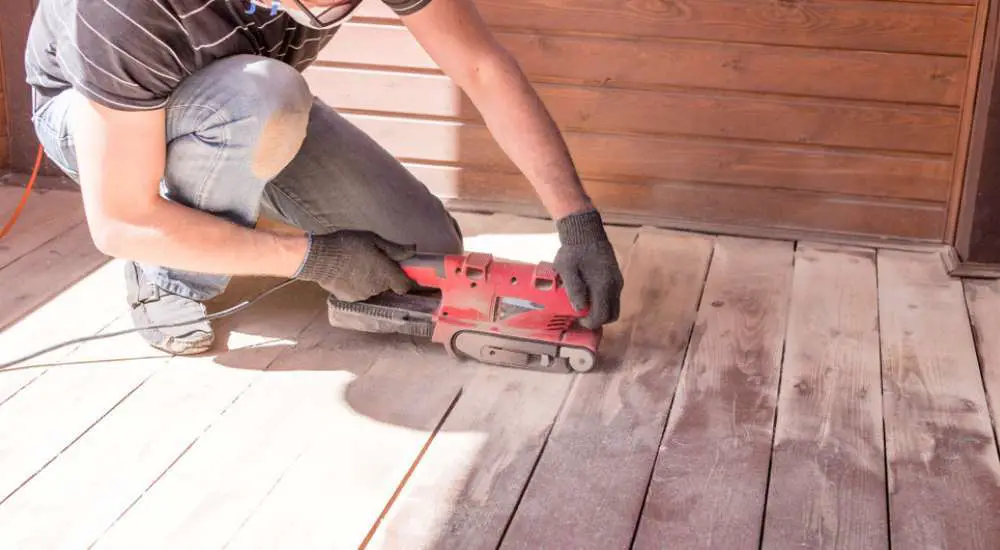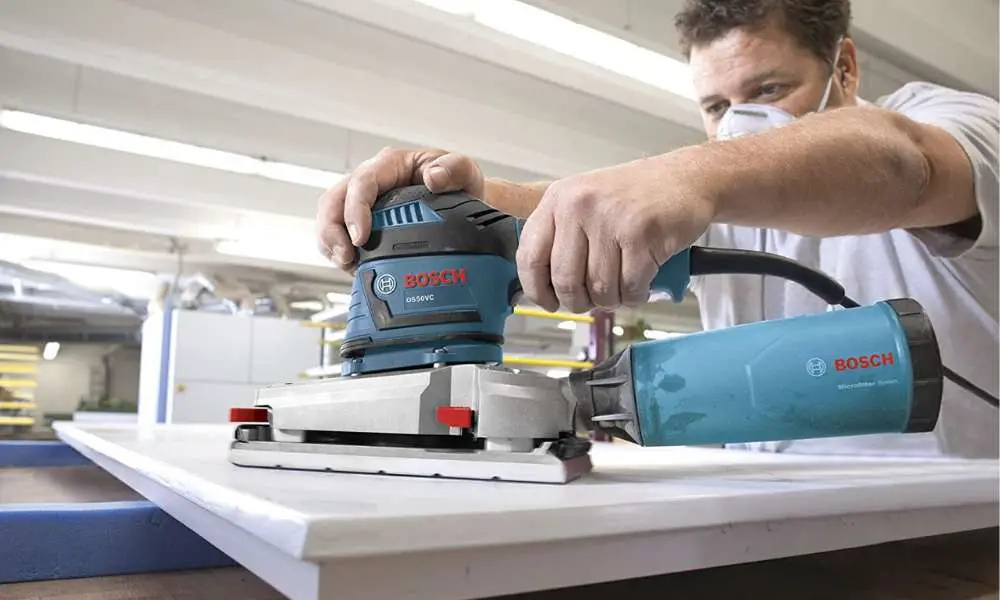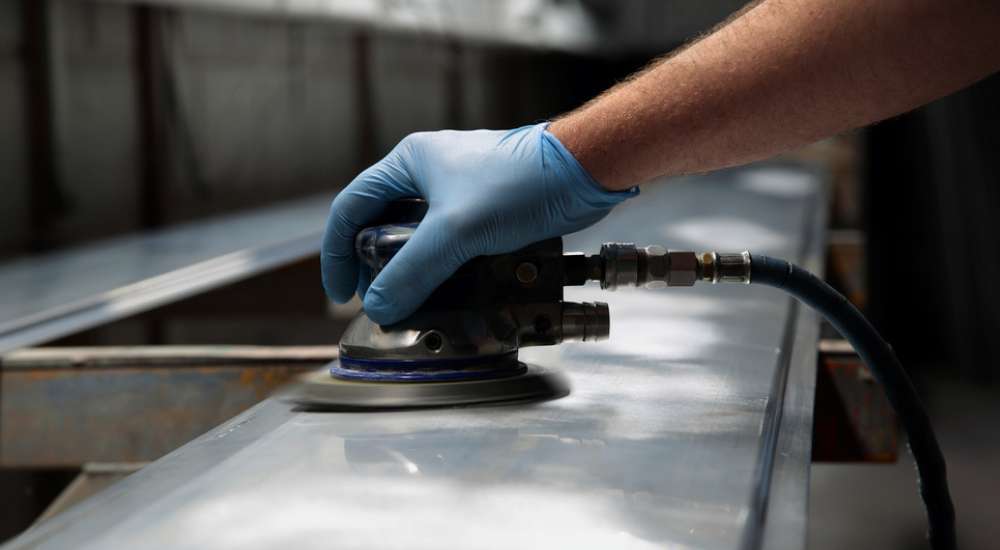Contents
- 1 Need for Another Full Bathroom
- 2 Key Takeaways:
- 3 Benefits of Adding a Bathroom to Your Basement
- 4 Assessing the Scope of the Remodel
- 5 Checking Building Codes and Permits
- 6 Evaluating the Size of the Bathroom
- 7 Determining the Cost of the Remodel
- 8 Options for Adding a Bathroom to a Basement
- 9 Expert Advice from Carmen Bossi
- 10 Challenges of Adding a Bathroom to a Finished Basement
- 11 Importance of Consulting with a Plumber
- 12 Design Ideas for a Basement Bathroom
- 13 Increased Functionality and Home Value with a Basement Bathroom
- 14 Five Facts About How to Add a Bathroom in a Finished Basement:
- 15 FAQs about How To Add A Bathroom In A Finished Basement
- 15.1 What are some basement bathroom ideas?
- 15.2 How do I install a bathroom in my basement?
- 15.3 What factors affect the cost of a basement bathroom remodel?
- 15.4 Do I need another full bathroom in my basement?
- 15.5 How do upflow bathroom systems work?
- 15.6 Do drainage lines need to be deep enough for adding a bathroom in the basement?
Need for Another Full Bathroom
When homeowners have a fully finished basement, they can realize the value of adding a full bathroom. Though a big project, it can enhance the quality of life and add to the home’s value.
The location should be considered for the bathroom. Assess the plumbing and distance to a sewer line. Breaking up the concrete floor may be necessary.
Ventilation is crucial. Basements often have poor airflow, making them susceptible to mold and mildew growth. Ensure the bathroom has adequate ventilation.
A licensed contractor with experience in basement bathroom construction should be hired. They can ensure the project follows building codes and regulations. Plus, they can advise on the best materials and layout.
The National Association of Home Builders reports that adding a full bathroom to a finished basement can raise the home’s value by up to 20%.
Key Takeaways:
- Adding a bathroom in a finished basement can provide increased functionality and home value.
- Before starting the remodel, it’s important to assess the scope of the project, check building codes and permits, evaluate the size and cost of the bathroom, and consult with a plumber.
- Upflow bathroom systems are a popular option for easy installation and can provide advantages such as minimal excavation and no need for a sewage ejector pump.
Benefits of Adding a Bathroom to Your Basement
Adding a bathroom to your basement is a great idea! It has lots of advantages. Convenience increased property value – these benefits are worth the investment. You won’t have to go upstairs to use the bathroom, and waiting times will be reduced.
Also, the basement bathroom can be used for different purposes. It’s great for large families or as a workspace. It can increase property value by up to 20% and make your home more attractive to potential buyers.
You can design the bathroom to reflect your personality and blend with the overall home aesthetics. Luxury features like Jacuzzi tubs, high-end countertops, and spa-like amenities can be added.
Don’t miss out on the convenience and investment benefits of adding a bathroom to your finished basement. Start your project today and enjoy the enhanced functionality and property value.
Assessing the Scope of the Remodel
The first step to adding a bathroom in a finished basement is assessing the scope of the remodel. Before any construction, it is important to know the requirements and boundaries of the space. This includes the location, plumbing, electrical, and ventilation needs. Assessing the scope helps to set realistic timelines and budgets. Evaluating the existing space and elements is key.
To make sure the bathroom meets local building codes, involve a professional contractor or architect in the process. They can give an expert opinion, assess the condition of the existing structure, and suggest modifications. Consider the intended use of the bathroom for the features and accessories needed. For example, if the space is for multiple people, a double vanity may be necessary.
When assessing the scope, consider potential challenges. The location, plumbing, and electrical systems, and the basement’s structural limitations may pose challenges that need to be addressed before construction. Plan ahead for unexpected circumstances.
To ensure a successful and stress-free bathroom remodel, assess the scope thoroughly. Take the requirements and boundaries into consideration. Involve professional help. Analyze potential challenges. Homeowners can create a functional and beautiful bathroom in their finished basement. Don’t miss out on the opportunity to add value to your home and improve your quality of life.
Checking Building Codes and Permits
Prior to beginning any construction, it is essential to verify and adhere to local building codes and permits. This is especially imperative if you plan to add a bathroom in a finished basement. Neglecting to observe these regulations can lead to pricey fines or even legal actions.
To guarantee your basement bathroom addition is up to code, first, reach out to your local building department. They can provide information on the particular codes and permits required in your area. This may involve obtaining a permit, passing inspections, satisfying plumbing and electrical codes, and guaranteeing suitable ventilation. It is also essential to be aware of any limitations that are applicable to your location.
Bear in mind that building codes and permits can vary depending on your city or state. Consequently, it is essential to investigate and comprehend the rules in your zone. You should also know about any special requirements, such as the minimum ceiling height or egress windows for finished basements. Additionally, remember that certain renovations like adding a bathroom can boost your property value and homeowners’ insurance.
It is always recommended to consult with certified contractors or architects who are acquainted with local building codes and permits. They can show you through the process and make sure your bathroom addition fulfills all necessary prerequisites and is up to code.
Evaluating the Size of the Bathroom
When adding a bathroom to a finished basement, size is key. Evaluating the available space, number of users, and size of fixtures will guarantee comfort and functionality. A full bathroom typically needs 36-40 square feet. If someone with a disability will use it, more space may be needed. If multiple people will use it, more square footage is recommended.
Fixture size also matters. Careful placement will maximize space. Smaller fixtures like floating sinks and compact toilets can save square footage.
Evaluating the size of the bathroom is vital for a practical and functional bathroom. This will improve the living experience and add value to the home.
Determining the Cost of the Remodel
Renovating a basement to add a bathroom is a huge project. Working out the cost can be tough. It depends on several things. Size, materials, plumbing, permits, and labor. Planning and budgeting are essential for keeping it on track and within budget.
Size: The bigger the bathroom, the more materials and time needed. This will raise the cost.
Materials: High-end materials such as custom cabinetry, granite countertops, and designer fixtures will cost more. Basic finishes such as laminate countertops and standard fixtures will save money.
Plumbing: This job needs significant plumbing work. So it will cost more.
Permits: Depending on your location you may need permits. This adds to the cost.
Labor: Labour is a major factor in the total cost. Complex jobs take more time and cost more.
Be aware of unexpected costs. Older homes may have hidden plumbing issues. Also, the cost depends on the accessibility of plumbing and the availability of materials in your area.
To keep costs down, do some of the work yourself. Shop around for materials. Hire a reputable contractor with accurate estimates upfront. This will help avoid unexpected costs. Hiring a professional ensures the job is done correctly and to code. This can save money long-term.
Options for Adding a Bathroom to a Basement
If you’re planning to add a bathroom to your basement, it’s important to explore all your options. In this section, we’ll take a closer look at upflow bathroom systems – a popular choice for homeowners. We’ll discuss the advantages of using an upflow system and why it’s an easy installation, regardless of the basement’s finished status. So, let’s dive into the realm of basement bathrooms and find out how you can add a functional and comfortable washroom to your space.
Upflow Bathroom Systems for Easy Installation
Upflow bathroom systems are a revolutionary answer for property owners searching for a new bathroom in their completed basement. With these advanced systems, the installation is a breeze, requiring minimal plumbing changes compared to conventional options. This leads to major savings in both time and money.
One of the key advantages of upflow bathroom systems is the utilization of maceration technology in toilets. This technology breaks down waste and pumps it up to the main sewer line, bypassing the need for traditional gravity drains. An electric pump is used to move wastewater vertically to the main sewer line, making these systems highly productive.
Upflow bathroom systems also come with bathtubs, showers, and sinks that use an upflow drainage system. This lets homeowners relish a fully-functioning bathroom without messing up their completed basement.
It is essential to take note, however, that not all homes or situations may be suitable for upflow bathroom systems. Factors like layout, existing plumbing infrastructure, and local building codes must be considered prior to installation. That is why it is suggested to consult with a certified plumber like Carmen Bossi to evaluate your unique situation and decide if this type of system is appropriate for your needs.
All in all, upflow bathroom systems offer an outstanding answer for homeowners desiring to enhance the usefulness and value of their finished basements. With specialist advice and proper planning, you can create an attractive and functional oasis that doesn’t feel like a dungeon.
Advantages of Using an Upflow System
If you’re thinking of adding a bathroom to your finished basement, then an upflow system is worth considering. This advanced tech pumps wastewater upward and away from the fixtures, into the sewer line, without having to excavate the concrete floors.
It’s easy to install. No need for much demolition or excavation, as long as existing plumbing and electrical work is taken into account. Plus, solid waste is handled efficiently. This is because of its gravity-based design which naturally flows downward. Thus, debris and turbid water can be easily moved through pipes to sewage disposal access points.
But, not all upflow systems are the same. It’s best to consult an experienced plumber who specializes in such systems, to make sure you get one that is durable and efficient.
Carmen Bossi, Senior VP of K&K Plumbing said: “Upward plumbing technologies ensure faster installation times while providing high-efficient water usage capacities”. This illustrates the benefits of using an upflow system.
Expert Advice from Carmen Bossi
Carmen Bossi, a home improvement guru, has shared tips on adding a bathroom to a finished basement. Her first step: check the floor drain. Without one, it’s vital to install one. Also, size and place plumbing lines before installation.
Bossi notes the importance of selecting materials suited for basements. Wood and drywall absorb moisture and rot, so avoid them. Carmen also recommends installing ventilation to prevent mold and promote airflow.
To sum it up, Bossi’s advice is essential when adding a bathroom to a basement. Check the drain. Choose materials. Install ventilation. All aspects must be taken care of to ensure the basement’s durability and function.
Challenges of Adding a Bathroom to a Finished Basement
Adding a bathroom to a finished basement can be daunting. Unique challenges must be considered, especially regarding plumbing and ventilation. Factors like the location of pre-existing pipes, availability of space, and slope of the floor must be taken into account.
The placement of fixtures is heavily affected by existing pipes. New pipes may need to be added or existing ones relocated, for proper water flow and drainage. Plus, ventilation is essential to prevent moisture accumulation. This could lead to mold growth in the basement.
A major challenge is the slope of the basement floor. The bathroom floor needs to be level, or water could pool and cause damage. Hiring a professional contractor is a must. They can assess the slope and apply suitable leveling measures.
Importance of Consulting with a Plumber
Professional plumbers are key when it’s time to add a bathroom to a finished basement. Consulting with one is essential. They have the know-how and skills to guarantee success. Without them, mistakes can be costly and building codes may be broken, risking the safety of those inside.
When installing a bathroom in a finished basement, plumbing pros can advise on how to integrate systems without damaging anything or going against codes. They can spot potential issues and provide solutions for smooth sailing. Consulting with a plumber can also save cash in the long run. They can give guidance on materials and fixtures, so the project is done right and quickly.
Design Ideas for a Basement Bathroom
Designing a basement bathroom is tough. It needs lots of planning and thought. Consider the space, plumbing, electricals, and function. With the right ideas, you can have a stunning bathroom.
Minimalist design is a great way to get a clean, simple look. Use neutral colors and straight lines to make the most of the space. Wood or stone adds warmth and a relaxing vibe.
Built-in shelving and cabinets save space. Custom or modular vanities do the same and add glamour. Lighting is key. Mix overhead, task, and ambient lights to make the space inviting.
Finishing touches create a beautiful bathroom. Mirrors, artwork, and tiles add personality. Plan it all out and enjoy your perfect bathroom. Get exploring design ideas now. Add value to your finished basement by adding a bathroom.
Increased Functionality and Home Value with a Basement Bathroom
A basement bathroom can boost a home’s usefulness and worth. With one added to a finished basement, residents and visitors can appreciate more convenience, and the value of the house could rise. Plus, a finished basement with a bathroom can become another living space and a comfy place for guests.
Still, it’s essential to stick to the right steps when putting a bathroom in a finished basement. Plumbing, electrical work, and moisture control must be thoughtfully planned and done. The positioning of plumbing lines and ventilation is important to prevent mold or mildew. A good plan may give the basement an upgraded look and extra usefulness.
Each detail must be looked at closely when designing a finished basement bathroom. Fixtures and finishes should suit the whole design of the basement. And, a sensible layout should be set up to use the space wisely and make it easy to move around. With a basement bathroom, homeowners can gain a valuable return on investment while improving the home’s appearance.
Five Facts About How to Add a Bathroom in a Finished Basement:
- ✅ Adding a bathroom to a basement can increase convenience and resale value. (Source: Kallista)
- ✅ Existing plumbing can make the project easier, but local building codes and permits should be checked. (Source: Kallista)
- ✅ Upflow bathroom systems make it easier to install a bathroom in the basement, without breaking up a concrete floor. (Source: Family Handyman)
- ✅ A plumber should be consulted, especially if new pipes need to be added, as adding a bathroom can be challenging and expensive due to the need for new plumbing. (Source: Saniflo Depot)
- ✅ The cost of the remodel will depend on factors such as materials and labor. (Source: Kallista)
FAQs about How To Add A Bathroom In A Finished Basement
What are some basement bathroom ideas?
Basement bathrooms can increase convenience and resale value. Consider the scope of your remodel, including the size and state of your basement. The size of the bathroom will affect the resources needed for the project. Luxury bathroom designs may be more expensive.
How do I install a bathroom in my basement?
Installing a bathroom in a finished basement can be challenging and expensive due to the need for new plumbing. Consult with a plumber, especially if new pipes need to be added. Existing basement bathrooms are easier to work with and may only require updates.
What factors affect the cost of a basement bathroom remodel?
The cost of a basement bathroom remodels will depend on factors such as materials, labor, and design ideas. The presence of existing plumbing cuts down costs considerably.
Do I need another full bathroom in my basement?
If your family size has increased or if you require another bathroom in general, consider adding a bathroom in your basement. It can increase the functionality and value of your home. Upflow bathroom systems make it easier for homeowners to install a bathroom in their basements.
How do upflow bathroom systems work?
Upflow bathroom systems use a macerator/pump to grind solids and pump waste upward to connect to the main drain line. The SaniAccess 3 from Saniflo includes a rear-discharge toilet and macerator/pump. This eliminates the need to break up a concrete floor and allows for a bathroom to be installed anywhere.
Do drainage lines need to be deep enough for adding a bathroom in the basement?
Standard drain lines need to be at least four inches deep, but this may vary in some areas. Check with your local building codes and permits. Consult with a plumber to ensure proper drainage lines for the complete project.




Leave a Reply